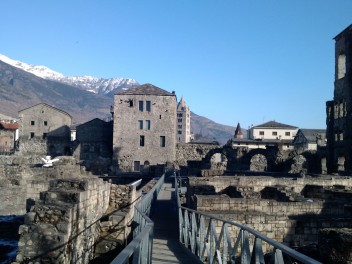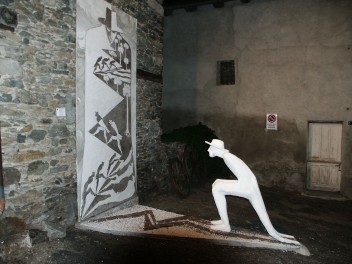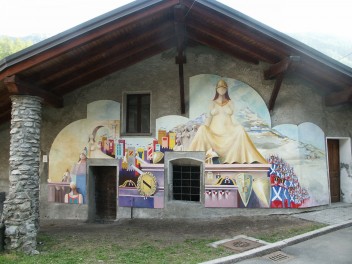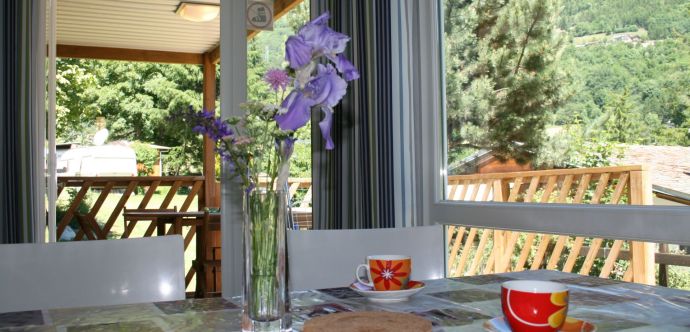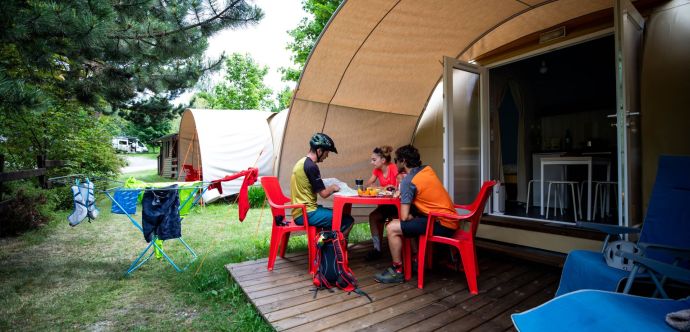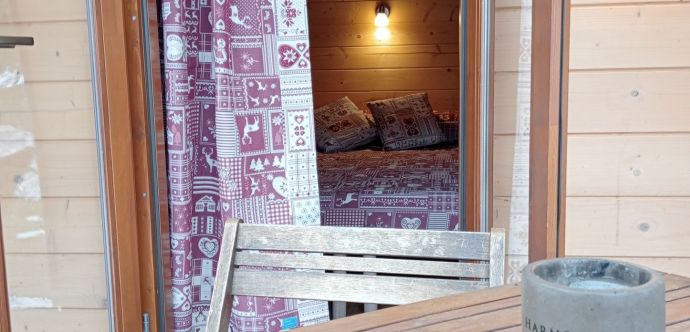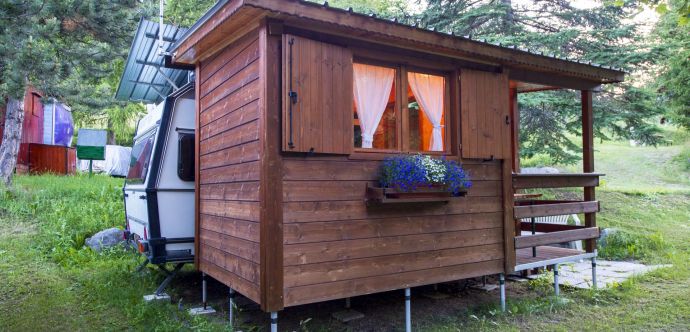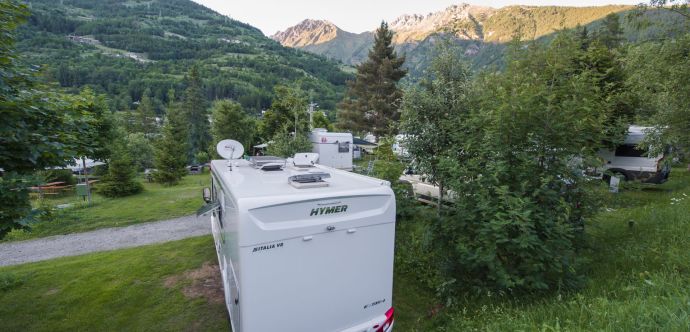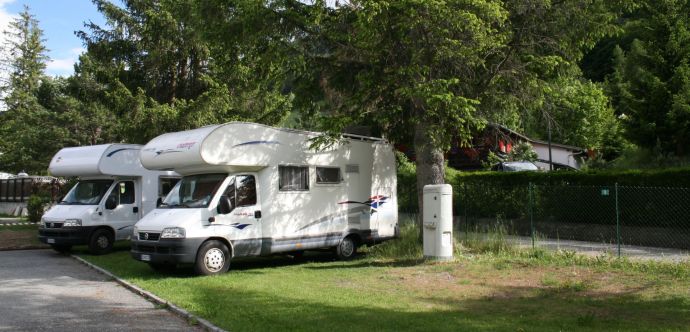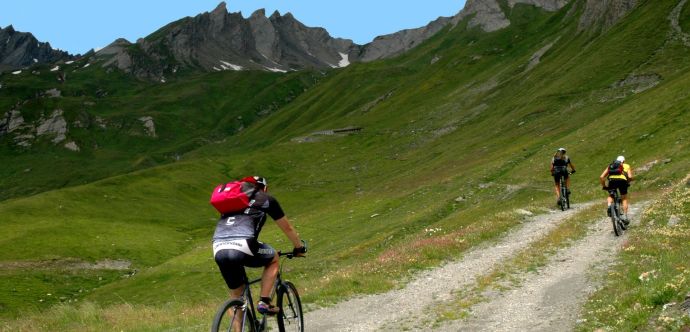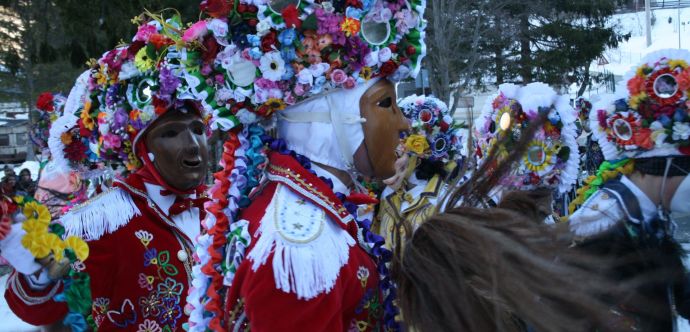The Aosta Valley is a region with a rich history and Etroubles is no less relevant on this aspect.
The ancient village, with its characteristic stone houses with roofs in flagstone and a magnificent view of the mountains of Les Aguilles de l’Artanavaz, is a stop that cannot be missed along the historical Via Francigena, which goes from Canterbury to Rome.
Since 2005, hosting important works by world famous artists in its narrow streets, the ancient village has been transformed into an open-air museum entitled “À Etroubles avant toi sont passés…”.
The Museum, which can be visited 365 days per year, 24 hours per day, is inspired by the pilgrimage that used to pass along the main road, which connects northern and southern Europe.
Each year other initiatives take place alongside the permanent artistic itinerary: exhibitions (calendar of events) such as the Rodin and Claudel’s exhibition of 2007 and "From Degas to Picasso" in 2010, which were organized thanks to the collaboration with the Gianadda Foundation of Martigny and the placement of new works on the same theme.
Soon, after its complete restoration, the power plant of Etroubles will be inaugurated and it will show to visitors the operation of the first control unit of the valley and how operates, these days, the power plant of the village itself.
Due to its strategic position, the campsite is also a convenient starting point to visit our beautiful region: Aosta, the castles, parks and all the lateral valleys.
Anyone wishing to visit Aosta, “the tiny Rome of the Alps”, historical and cultural centre of the Valley, can reach it by bus or by car in about twenty minutes. Among the most important monuments of the city: the Triumphal Arch, dating back to the 25 B. C. and contemporary to the foundation of the city; Saint Orso, the biggest medieval building of the city which is overlooked by its Romanesque bell tower (1131), flanked by its Collegiate (994-1025), of antique origin, with inside a Romanesque Cloister (XII sec.), and the Praetoia Door that was part of the ancient city wall (I sec. B.C.).
In the archeological park of the Roman Theatre there are the convent of Saint Catherina (XIII sec.) and the some remains of the amphitheatre of Claudian era. The square of the Cathedral lies, partially, on the roman forum, of which some rests can be found on the entrance of the cryptoporticus, near the cathedral itself.
By walking along the city walls, well preserved, you can find several towers, as the Leprous Tower, the Tour du Fromage, the Bramafam Tower and the Pailleron Tower.
Just outside the city are located magnificent castles and manor houses such as the Savoy Castle of Sarre, the Aymaville Castle, the renowned medieval Castle of Fenis and the Saint Pierre Castles that host the Natural Sciences museum.
